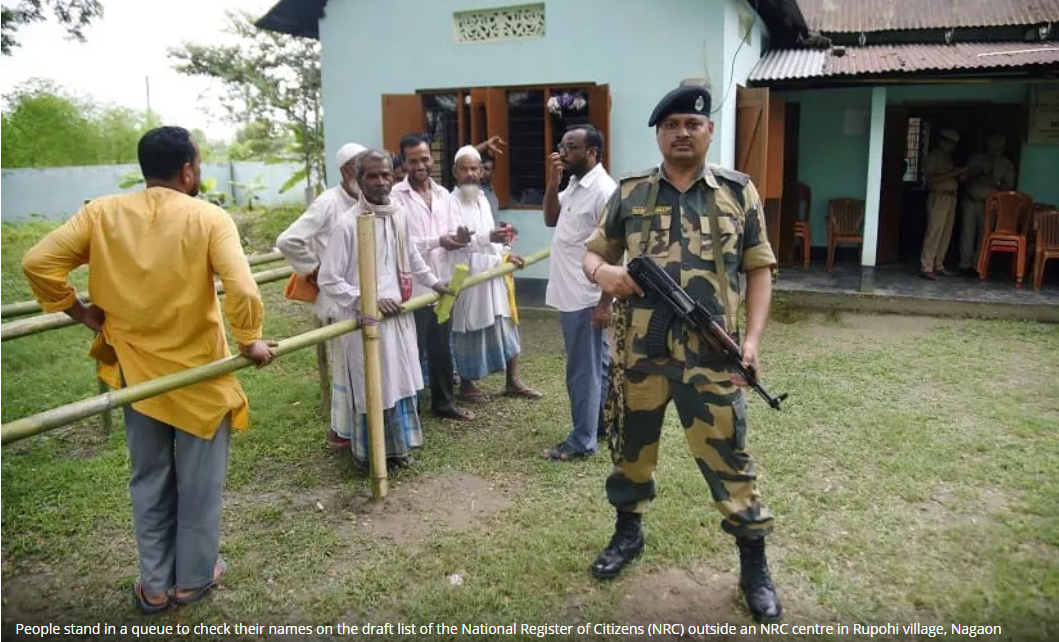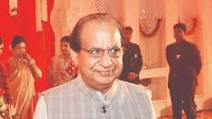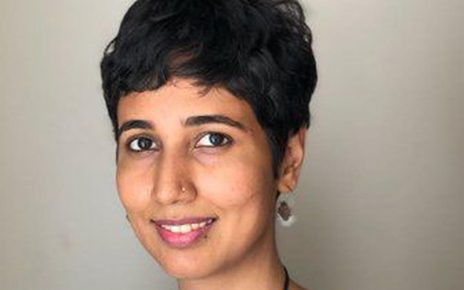Available at First Post
04 September 2019
- It is possible that the entire expectation of there being millions of illegal Bangladeshis in Assam was based on incorrect premises.
- While it is true that the 4,156 km border between India and Bangladesh is porous along much of its length, it does not necessarily follow that Bangladeshis are still coming and settling in Assam in large numbers.
- However, belief is a powerful force, and the status of the illegal Bangladeshi immigrant in India is akin in this matter to God.
The final list of the National Register of Citizens (NRC) in Assam is out as scheduled, and all indications are that it has created a gargantuan mess. Over 19 lakh residents of the state have failed to make it to the list, meaning they will now have to fight cases in Foreigners’ Tribunals to prove that they are Indian citizens. Report after report coming in from the ground in Assam tells the same story: the story of poor people from Hindu, Muslim, Bengali, Gorkha and tribal communities, who have not made it into the register. There are innumerable reports of families where the parents have made it into the list, but the children have not, or the husband has made it into the list but the wife has not.
Read on Firstpost: From D-voters to foreigners’ tribunals, all you need to know about key aspects of Assam’s National Register of Citizens
The whole gigantic NRC exercise had already cost Rs 1,220 crore by December last year. The final cost of the exercise to the Indian taxpayer is therefore going to be more than that. Over 52,000 state government employees worked on this list for four years starting 2015. The process was monitored by a Supreme Court bench led by Chief Justice Ranjan Gogoi himself. It had the full backing of the Assam state government and the government of India. Home minister Amit Shah championed it and promised during the 2019 Lok Sabha campaign that if elected, the party would implement the NRC nationally across the whole country. Former Assam chief minister Tarun Gogoi of the Congress tried to claim credit for the NRC, tweeting: “The NRC is my brainchild. There was no such demand in the state, there was nothing even in the Assam Accord about the setting up of NRC.”
Now that the list is out, everyone has suddenly become “anti-NRC”. Himanta Biswa Sarma, BJP leader and minister in the Assam government, said, “I have lost all hope in the NRC. I just want the day to pass off peacefully without any incident.” Tarun Gogoi, whose “brainchild” it was, now describes the list as “waste paper”. Samujjal Bhattacharya, the lifelong student who at 55-plus is still the leader of the All Assam Students’ Union, also expressed unhappiness with the NRC result. AASU, which led the Assam Agitation that culminated in the Assam Accord of 1985 signed between the then leaders of the student body and representatives of the Congress government of the time led by Rajiv Gandhi, has expressed disappointment at the list and decided to go back to the Supreme Court seeking “remedial measures”. Their grouse is that the figure of 19 lakh excluded is too low; they want more people to be excluded.
The basis of this claim, that the figure of exclusions ought to be higher, lies in statements and claims going back decades that India was being overrun by Bangladeshis. So pervasive was this claim, and repeated for so long, that it became an article of faith for the multitudes. Politicians across parties repeated the claims in Parliament. Veteran communist leader Indrajit Gupta, as home minister of India, had put the number of Bangladeshi migrants in the country at 10 million, or 1 crore, in 1997. In 2004, Sriprakash Jaiswal of the Congress, as minister of State for Home, put the number at 12 million, across India.
Lt Gen (Retired) SK Sinha, as governor of Assam, in an influential report, lamented the absence of any “census report on the basis of which we can accurately define the contours of trans-border movement” and said “thus we have to rely on broad estimates of theatrical extrapolations to work out the dimension of illegal migration that has taken place from East Pakistan/Bangladesh”. He did not shy away from making the “theatrical extrapolations” and put the number at 75 lakh Hindus on the basis of reduction of Hindu population in Bangladesh.
The fact of the matter is that nobody ever tried to count, until this NRC. This was the first attempt at actually finding out how many illegal migrants are there in any state of India. The Census records, about whose absence Sinha wrongly lamented, indicate that Assam recorded an average decadal population growth rate of 20.90 percent between 1971 and 2011, which was lower than the all-India average of 21.94 percent and by far the lowest in Northeast India, according to an analysis of Census records by Suhas Chakma of the Rights and Risks Analysis Group, a Delhi-based think-tank. It is therefore possible that the entire expectation of there being millions of illegal Bangladeshis in Assam was based on incorrect premises. While it is true that the 4,156 km border between India and Bangladesh is porous along much of its length, it does not necessarily follow that Bangladeshis are still coming and settling in Assam in large numbers.
However, belief is a powerful force, and the status of the illegal Bangladeshi immigrant in India is akin in this matter to God.
He is believed to be omnipresent, and plenty of people see his presence every time they see a poor dark-skinned Bengali man. A beard and skullcap on such a person are taken as definitive proof that the person in question is Bangladeshi. This is obviously discriminatory, and the Assamese chauvinists do not discriminate thus. They are more expansive in their discrimination. For them all Bengali speakers are suspect. The religion and class of the “Bangladeshi”, which means all Bengalis of East Bengal origin, is not a criterion for them. The net result of this paranoia is now apparent in the mess that has resulted from the NRC, where every group is unhappy, all are insecure, and a state and region that had returned to peace and progress after decades of unrest is now staring, once more, at a future of great uncertainty as ordinary people trying to somehow put two square meals on the plate by dint of hard work are forced to desperation.
Many of these people cannot fathom why their names are not in the list, and what they can do. The legal process says they have to appeal to the Foreigners’ Tribunals, but it costs money to fight cases. The minimum that an appeal in the Foreigners’ Tribunal would cost is Rs 50,000, not including the costs of travel and loss of earning due to days spent running around lawyers and courts. This is beyond the means of poor people, many of them daily wage earners.
Nor is it certain that having their names in the NRC will end the slow torture; even people whose names are in the NRC can find themselves back in the Foreigners’ Tribunals because the two processes are independent of each other. Indeed, many people have already found themselves hauled up before Foreigners’ Tribunals multiple times. They are cleared by one Tribunal only to get a notice from another. Poor and often illiterate people are sometimes locked away in detention camps in evidently arbitrary manner, as emerged in the case of Madhubala Mandal, 59, a backward caste Bengali widow who worked as a maid in people’s houses. Mandal was arrested and kept in detention camp for three years before the police finally admitted that she was in fact not Madhumala Das, the person in whose name a Foreigners’ Tribunal had issued a notice.
Today, we have no way of knowing how many lakh hapless people will be made to suffer the fate of Madhubala Mandal. The paranoia that the state is being overrun by “foreigners” has produced a situation where many would rather see further gross injustice done than admit that their long-held prejudices about the presence of millions of Bangladeshis may actually — as the NRC exercise conducted under the watchful eyes of the Supreme Court and the BJP governments in Assam and at the centre suggests — be wrong.
Samrat is an author, journalist and former newspaper editor. He tweets as @mrsamratx
Updated Date: Sep 04, 2019 09:24:54 IST



